|
Natural Austria PearlsAustria pearls, the royal gem, bejeweled many famous ladies.
Information from a 1908 publication. Consult local laws before attempting pearling in Austria. 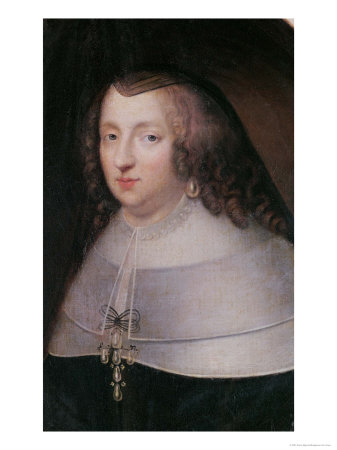 Anne of Austria Infanta of Spain and Queen of France In Austria, pearl fisheries are most important in the province of Bohemia, where they are prosecuted in the headwaters of the Moldan from Kruman, a few miles above Budweis, to below Turenberg, and to a much less extent in its tributary, the Wottawa, on the northeastern slopes of the Bohmer Wald or Bohemian Forest mountains. From very early times the right of fishery belonged to those domains and estates through which the streams flow, as for example, the cloister of Hohenfurth, the domain of Rosenberg, of Krumau, etc. The Schwarzenberg family formerly drew a considerable revenue therefrom. 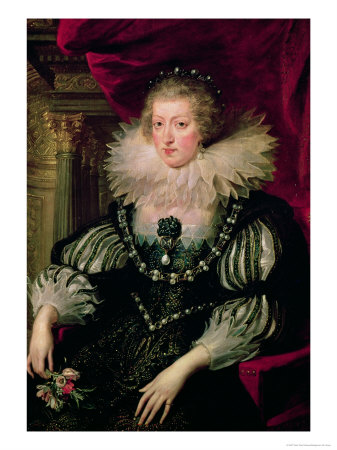 Portrait of Anne of Austria (1601-66) Infanta of Spain, Queen of France and Navarre
Over a hundred years ago the fishery was actively prosecuted by Count Adolph Schwarzenberg, who exhibited at the Bohemian Exposition, held in Prague in 1791, an interesting collection of shells, apparatus employed in the fishery, and many beautiful Austria pearls obtained from his domains. The fisheries of the Wottawa were noted in 1560 by the Swiss naturalist Konrad von Gesner, and again in 1582 by the district treasurer, Wolf Huber von Purgstall. In 1679, Balbinus referred to the excellent qualities of the Austria pearls, estimating the value of many of them at twenty, thirty, and even one hundred golden florins each. He described the methods by which they were taken, and also complained of the destruction of the reefs by depredations of poachers.
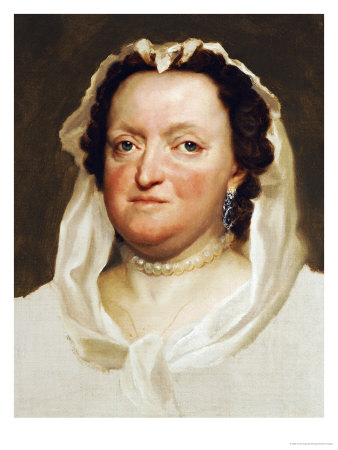 Portrait of Maria Josepha of Austria, Queen of Poland and Electress of Saxony (1699-1757) The Wottawa or Otawa River has long had linked with its name the epithet "the gold and pearl-bearing brook." Formerly, along its shores gold washing was more or less carried on as well as the freshwater pearl-mussel industry. At the present time, every third or fourth year, these mussels are gathered, by means of small, fine-woven nets, from the bed of the river, and a goodly number of Austria pearls are collected. 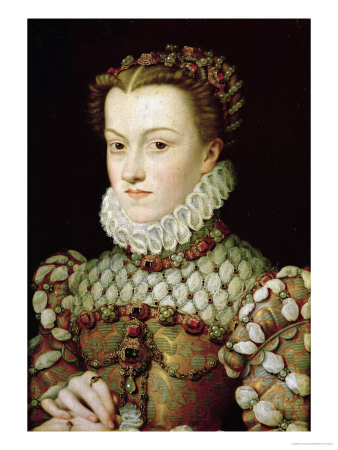 Portrait of Elizabeth of Austria Queen of France, circa 1570 The reefs in the Moldau from Hohenfurth to Kruman were almost entirely ruined in 1620 by the troops who were cautioned there when the Bohemian Protestants were overthrown near the beginnimg of the Thirty Years' War, and they never regained the reputation they formerly enjoyed. 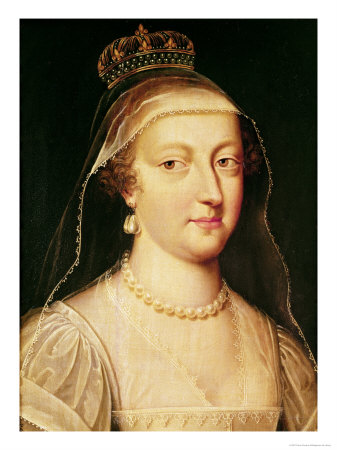 Portrait of Anne of Austria, Infanta of Spain, Queen of France and Navarre
According to the Vienna "Handels- und Borsen-zeitung," the output of the Austria pearls fifty years ago in the upper Moldau, in the Wottawa, adn in the Chrudimka--a tributary of the Elbe--reached in some years the sum of one million florins in value, and as much as eighty and sometimes even one hundred and twenty florins were paid for an individual specimen. These pearls closely resemble those from Passau in Bavaria, and some approach the oriental gems in luster. In the archducy of Austria pearls occur in several of the tributaries of the "beautiful blue Danube." They are especially important in streams within the former district of Scharding, such as the Ludhammerbach, the Ranzenbergerbach, the Glatzbachenbach, the Brambach, the Schwarzbergerbach, the Mosenbach, and the Hollenbach; those in the former district of Waizkerchen, including the Pirningerbach, the Kesselbach, and many of their tributary brooks, and the Michel,
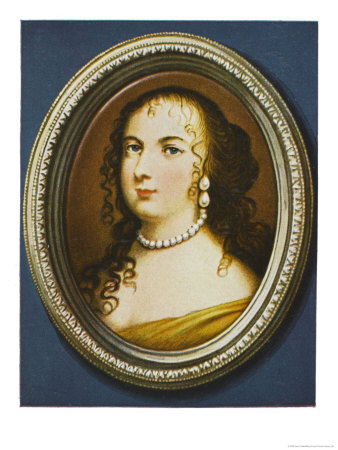 Marie-Therese of Austria Spanish Queen of Louis XIV the Taglinsbach, the Fixelbach, and the Haarbach, in the domain of Marbach. Fishing in the Pirningerbach and the Kesselbach was prosperous about 1765, and Empress Maria Theresa (see her daughter, Marie Antoinette in pearls) received a beautiful necklace and bracelets of the pearls therefrom. In the district of Marbach, the fishing was prosecuted as long ago as 1685 for the account of the archbishop of Passau.
Apparently, most of these famous gals were from Austria and ended up ruling in France or Poland. Imperial Austrian Schatzkammer Austria pearls.
Free Newsletter all about Pearls!
|






